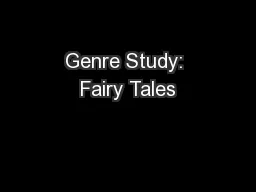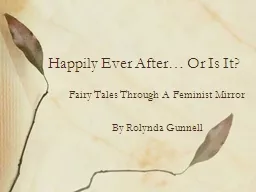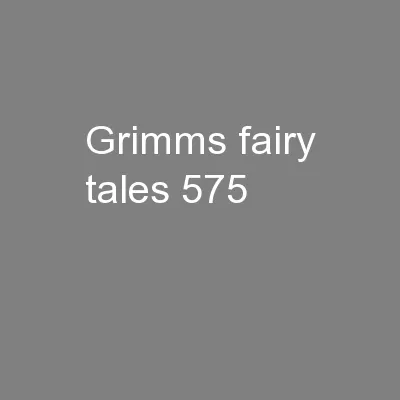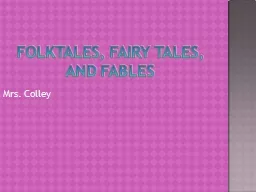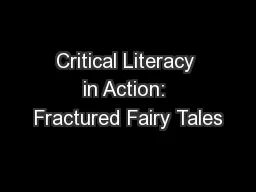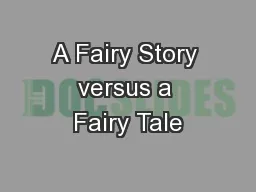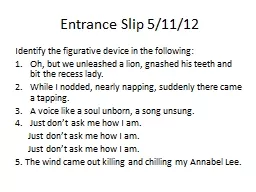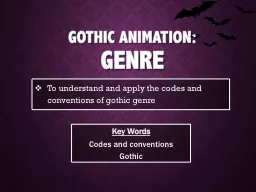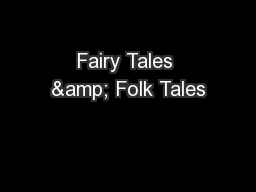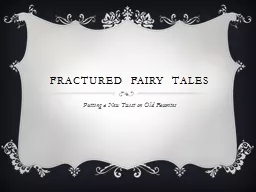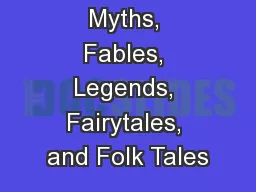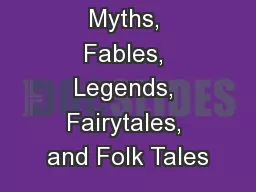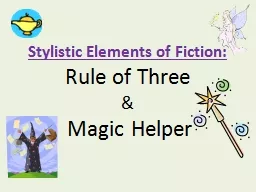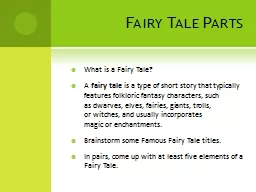PPT-Genre Study: Fairy Tales
Author : giovanna-bartolotta | Published Date : 2016-10-18
Unit Standards RL85 RL87 RL89 W83 W86 What do you know about fairy tales Examples We will learn What are fairy tales Elements of fairy tales Origins of fairy tales
Presentation Embed Code
Download Presentation
Download Presentation The PPT/PDF document "Genre Study: Fairy Tales" is the property of its rightful owner. Permission is granted to download and print the materials on this website for personal, non-commercial use only, and to display it on your personal computer provided you do not modify the materials and that you retain all copyright notices contained in the materials. By downloading content from our website, you accept the terms of this agreement.
Genre Study: Fairy Tales: Transcript
Download Rules Of Document
"Genre Study: Fairy Tales"The content belongs to its owner. You may download and print it for personal use, without modification, and keep all copyright notices. By downloading, you agree to these terms.
Related Documents

